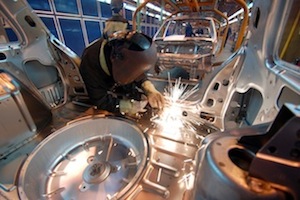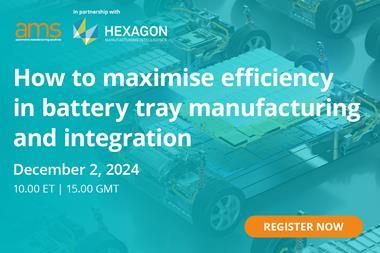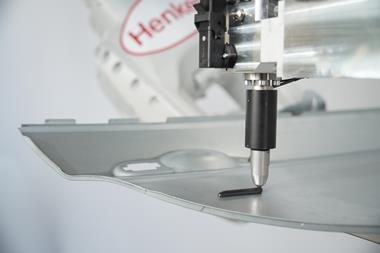 Working through the November-December issue of AMS brought home just how challenging it is to build cars in high volumes, cost-effectively. To anyone working in a car plant this won’t be a revelation; every day is a series of challenges that need to be addressed and overcome. The smallest details of manufacturing operations are often hidden from the casual observer but, taking a broader view, OEMs and their suppliers are constantly facing the combined challenges of technical development, fickle markets and the rise and fall of global economies.
Working through the November-December issue of AMS brought home just how challenging it is to build cars in high volumes, cost-effectively. To anyone working in a car plant this won’t be a revelation; every day is a series of challenges that need to be addressed and overcome. The smallest details of manufacturing operations are often hidden from the casual observer but, taking a broader view, OEMs and their suppliers are constantly facing the combined challenges of technical development, fickle markets and the rise and fall of global economies.
A case in point is AvtoVAZ, the Russian car giant now seeking to modernise and streamline its manufacturing operations at Togliatti. Everything about this project has a sense of enormity, from the vast plant, to the costs and the severe cuts to be made. Undoubtedly, Togliatti has seen dramatic changes in the last decade; however, there is still a sense of a Soviet-era imbalance between costs and production. Add to this the erratic Russian economy and the challenge becomes truly daunting.
Looking at challenges in a global context, South Africa presents an interesting example. It doesn’t get the coverage of the BRIC countries but has a long history of automotive manufacturing. Yet the future of vehicle production looks uncertain. While there is well-established manufacturing infrastructure and some investment in facilities, the political and economic instability poses a serious threat and this type of challenge seems at first glance beyond the control of the vehicle-makers.
Where OEMs have more control over their fortunes is within the production process. However, major challenges are never far away, even for some of the largest vehicle-makers. Reports of ongoing problems at VW, with production of its MQB platform vehicles, illustrate that no OEM is immune.
In the US, vehicle-makers are facing the dual challenge of reducing the mpg of their pick-up truck models without compromising on the features and qualities that make this a hugely popular segment. Put simply, they need to lightweight these utility vehicles without making them less robust, practical or powerful. As such, Ford has taken the very bold step of using an all-aluminium body for the next incarnation of its bestselling F-150. This is undoubtedly a major technical and commercial challenge for all the pick-up truck producers but is of great interest to us here at AMS.
Ford’s decision to use aluminium was highlighted at a recent press event held by ArcelorMittal. Although steel is still the pre-eminent material for vehicle structures, ArcelorMittal is far from complacent and has evolved new developments specific to the pick-up truck lightweighting issue.
All these challenges, problematic as they may seem, are ultimately the drivers of innovation in our industry and vital to its continuing success.


































